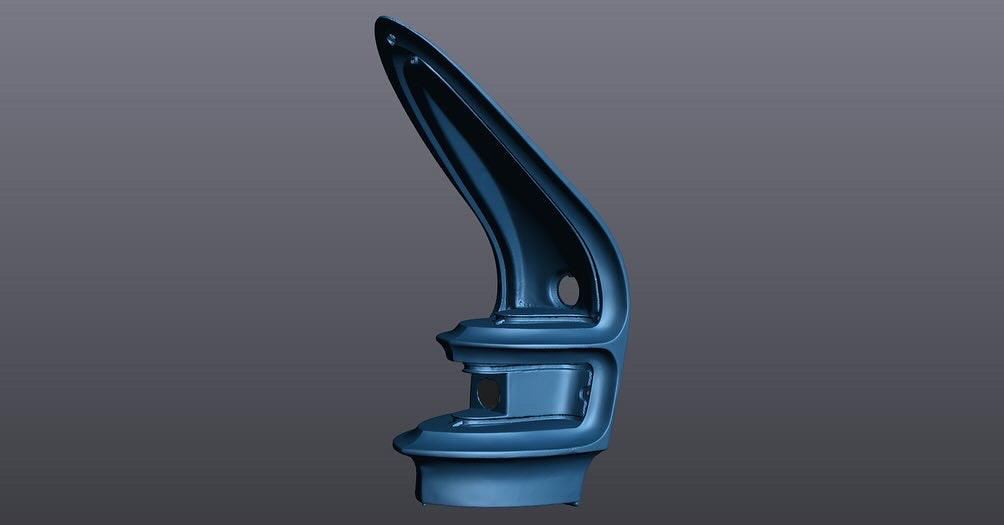Welcome to our blog! We will talk on potential products and how we bring solutions to some of our problems that we face!
Let us explain how 3D Scanning helps us solve many problems for our customers and for developing new products as well. We will also follow the process of reverse engineering this 1956 Packard tail light assembly from beginning to end so you guys can have an inside look at what these processes look like. Before getting to the scanning parts lets talk about why 3D scanners are so important.
Why is 3D scanning needed?
Today there are many products that are discontinued on our favorite cars on the road. Specially on the older vehicles from the 60's, 70's, etc. This is very apparent in restoration projects. Parts are difficult to find and at most they are used. Most companies end production for certain products because there is no more demand or are moving production onto other product lines. Luckily there are aftermarket companies that use 3D scanning to reverse engineer better solutions or just replicate the discontinued part to fill that hole in the market for a lower cost.
3D scanning helps us for those automotive parts that have compound curves and simply cannot be measured as easily. It provides us with a perfect representation of what the product was. This saves the guess work and money spent which in return can generate a product solution fairly quickly.
How does scanning work?
The scanner of our choice uses structured light in order to collect data. A pattern is projected onto the object you wish to scan. The software will analyze the light reflections in order to create a point cloud. This point cloud can later be used to your needs in design projects or many other industries as it is not reserved to automotive only.
Scanning
We began by scanning the taillight bezel that holds the lenses.

Our scanner was able to produce an accuracy of .6mm all around. Areas where there are screws or grooves for mounting are important and need to be captured during the scan. Our goal is to get the scan as accurate as possible as that will guide us better in recreating surfaces.
We also scanned the glass lenses as they are difficult to find in good quality. Even a used set can be rather expensive.
Below is a picture of the parts scanned and assembled in 3D space.

With the scanning data acquired we can proceed to the design process of the lenses and taillight bucket.
Be on the lookout for the next blog post as we begin the reverse engineering process!
If you have a cool project or need something designed don't hesitate to reach out to us! visit etertoperformance.com or email us at contact@eternoperformance.com
